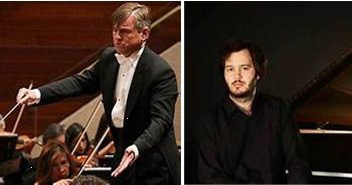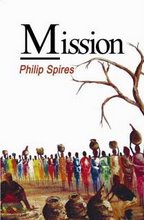The concert started with Ravel, the Feria from Rhapsodie Espagnole. The orchestral sound, textures and ensemble were perfect throughout. This was Ravel at his most joyous, and perhaps once forgetting manacles that kept his asceticism to the fore. The playing of this piece, so familiar, was exceptional, and was duly noticed by and remarked upon, via applause and acclamation, by the audience.
In the second half, a second Ravel excerpt, the Ouverture de Féerie from Shéhérazade was, by contrast, much more restrained, much more of a conscious recreation of a scene in the composer’s mind than a depiction of a place and time.
Then, to complete the Spanish-Turkish sandwich, we heard a performance of Bolero. It is such a strange piece of music that I doubt anyone other than its composer understands what it is doing. The composer himself said there was no music in it. In some ways, it is an essay in orchestration, which is eventually one orchestral tutti played in slow motion with a drum beat. Here, the master orchestrator has the majority of the strings played pizzicato for half the piece, and some of the strings remain pizzicato until near the end. In Ravel’s music, however, you can always hear the harp.
But despite the strangeness of this music, basically two repeated melodies varied only in dynamics in texture, it has gained remarkable popularity. And this performance, as ever by the ADDA Orchestra under Josep Vicent was greeted with cheers of appreciation.
The main part of the Turkish filling in this sandwich came from the evening’s main work, which was 1001 Nights in the Harem, a violin concerto by Fazil Say. In this world, the composer mixes extended violin technique, Turkish percussion, a traditional song in the slow movement and a multiplicity of understated orchestral textures to create the quiet world in which Sheherazade might have told her bedtime stories. Leticia Moreno, who was soloist, gave a truly memorable performance of this monumental solo part in which she is rarely silent throughout the half hour duration of piece. Some of the scrapes and scratches of the first movement perhaps had the audience worried that she would have no bow left by the end, but all was well. This is virtuosity that rarely involves simply showing off. Much of the solo part is very quiet, accompanied by mere orchestral punctuation. Here is a concerto where the soloist must feel like a specimen under a microscope. There is simply no room for error whatsoever and every detail is audible. The fact that the orchestra and the soloist gave such a faultless performance of this strange and reflective work is testament to everyone concerned, Josep Vicent. Leticia Moreno, the ADDA orchestra and ADDA audience, attentive as ever. I did listen to Kopatchinskaja with Pappano in 2024 in the same work before writing this this review and I could spot no difference in interpretation or playing. Both were faultless, followed similar tempi and phrasing.
There were two encores.
Having taken her bow at the end part one, Leticia Moreno returned to the stage
to play Piazzolla’s Oblivion with orchestral accompaniment and then we had the
final section of Bolero repeated. This was one to remember.




















